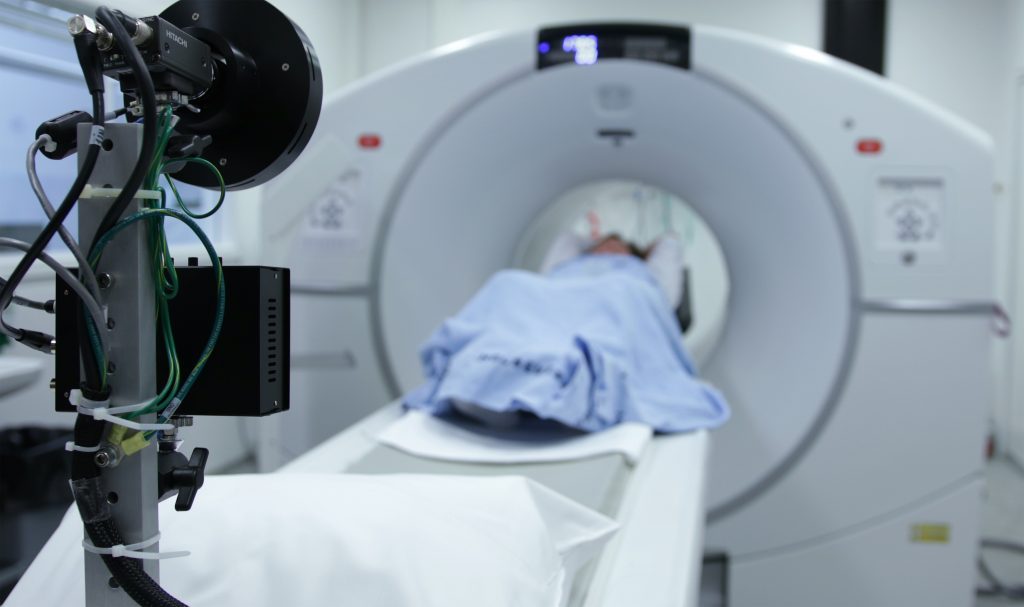Medical linear accelerators have continued to make progress through history since the late 1950’s and pave new ways for curing a variety of different cancers that once were not an option to treat. The design of the equipment combines the use of hardware and software that together gives the advantage of precision and overall success of today’s cancer treatment worldwide. Manufacturing and design continue to evolve and become a better tool for future use in reliability and efficiency but as with all mechanical systems, dysfunction and failures still exist. Having unplanned accelerator downtime and failures can impact a company and its patients very negatively. The scheduled treatments need to be performed at precise times given by the cancer specialists for an effective procedure while fighting against cancer. To avoid these situations from occurring, proper testing and maintenance of the radiology equipment must be done.
Steps During Maintenance
- Deliver a daily quality assurance (QA) treatment
- Automatically move and examine the log files that are created
- Create baselines, then perform daily operating and performance values to statistical process control (SPC) for examination
- Investigate if any alarms have been activated
- Inform the facility and system service engineers
Trained Professionals
Medical physicists will typically receive basic training of the principals of linear accelerators functionality, but much hands-on experience will be lacking since there is a limited access to linacs that’s are in clinical use but more importantly because these devices can only be adjusted with small set of parameters to maintain. For actual technicians, training for service personnel is generally one of the largest components to a person early on in employment. The process can be lengthy and costly and require unique training from the manufacturer of linear accelerator company.
Scheduled Maintenance and Repairs
Typically, Linac machines will be under an annual service contract that will provide scheduled, preventative maintenance throughout the year to keep the radiotherapy machines running optimally. Keep in mind, older equipment may reach their “end of life” period and may no longer be supported or even worse parts can become sparse or unavailable which may be a reason to start to look for replacement linear accelerators. Extending the life of your current systems with upgrades will be the most cost-effective option for your business. By repairing or upgrading the system this will also not only save money but save precious down time that will need to be taken if having to remove and install new equipment is needed. Not having a machine functioning will mean no treatments being performed which could cost you losing valuable patients.
Radparts is the world’s largest independent distributor of OEM replacement parts for Linear Accelerators and Radiation Oncology equipment. Radparts provides high quality, user friendly, low cost parts and support for linear accelerators and radiation equipment. More information can be found at https://www.radparts.com/.
